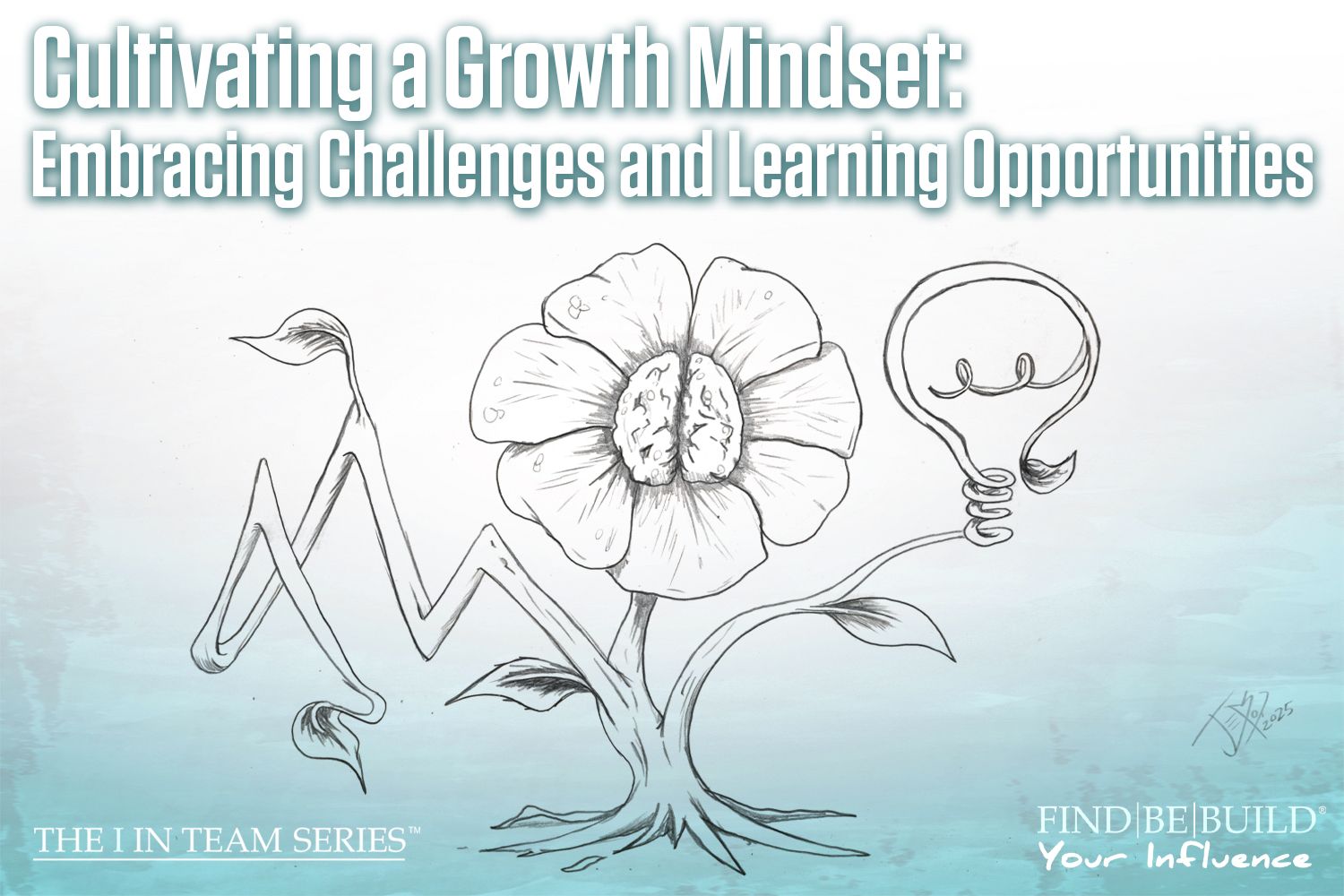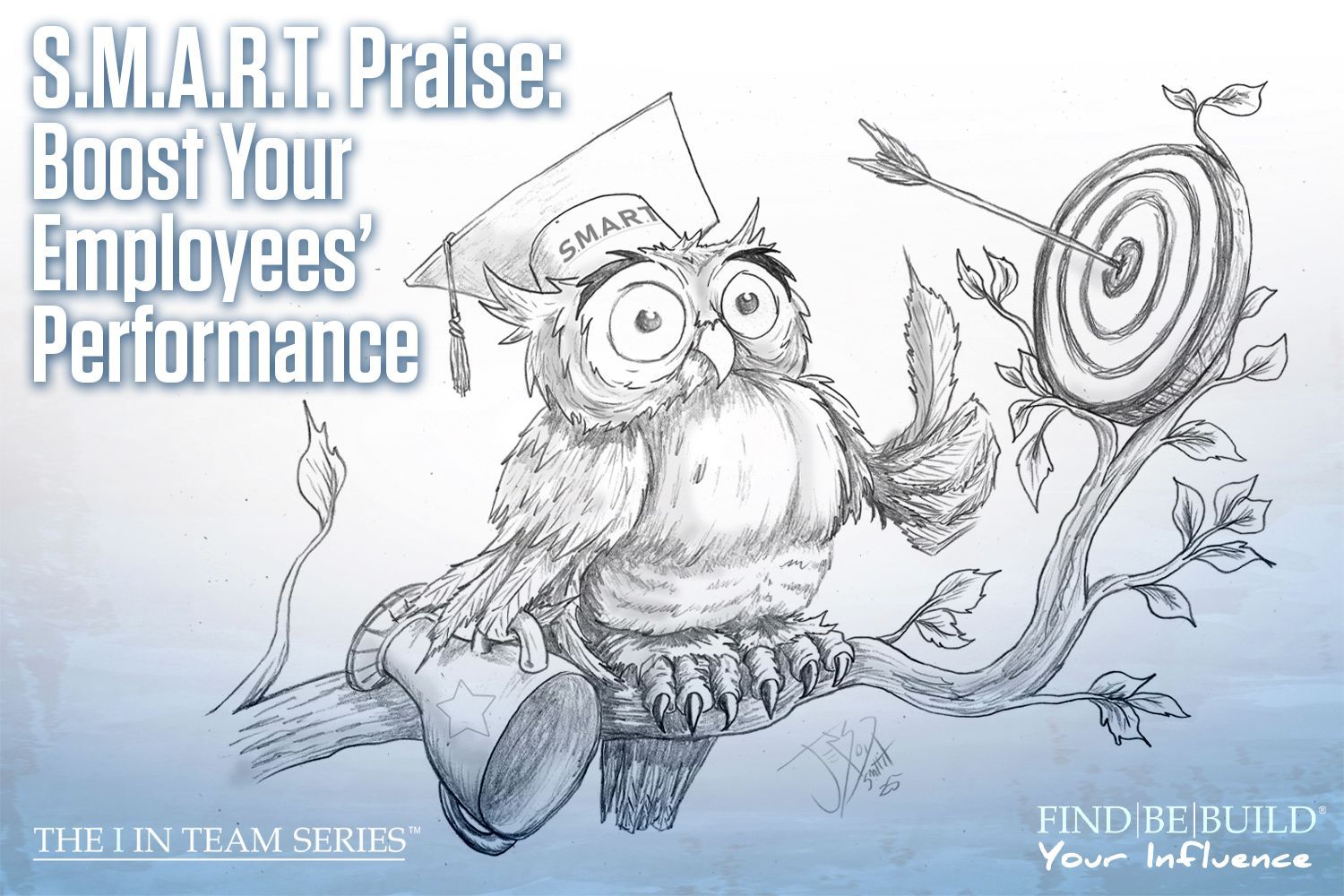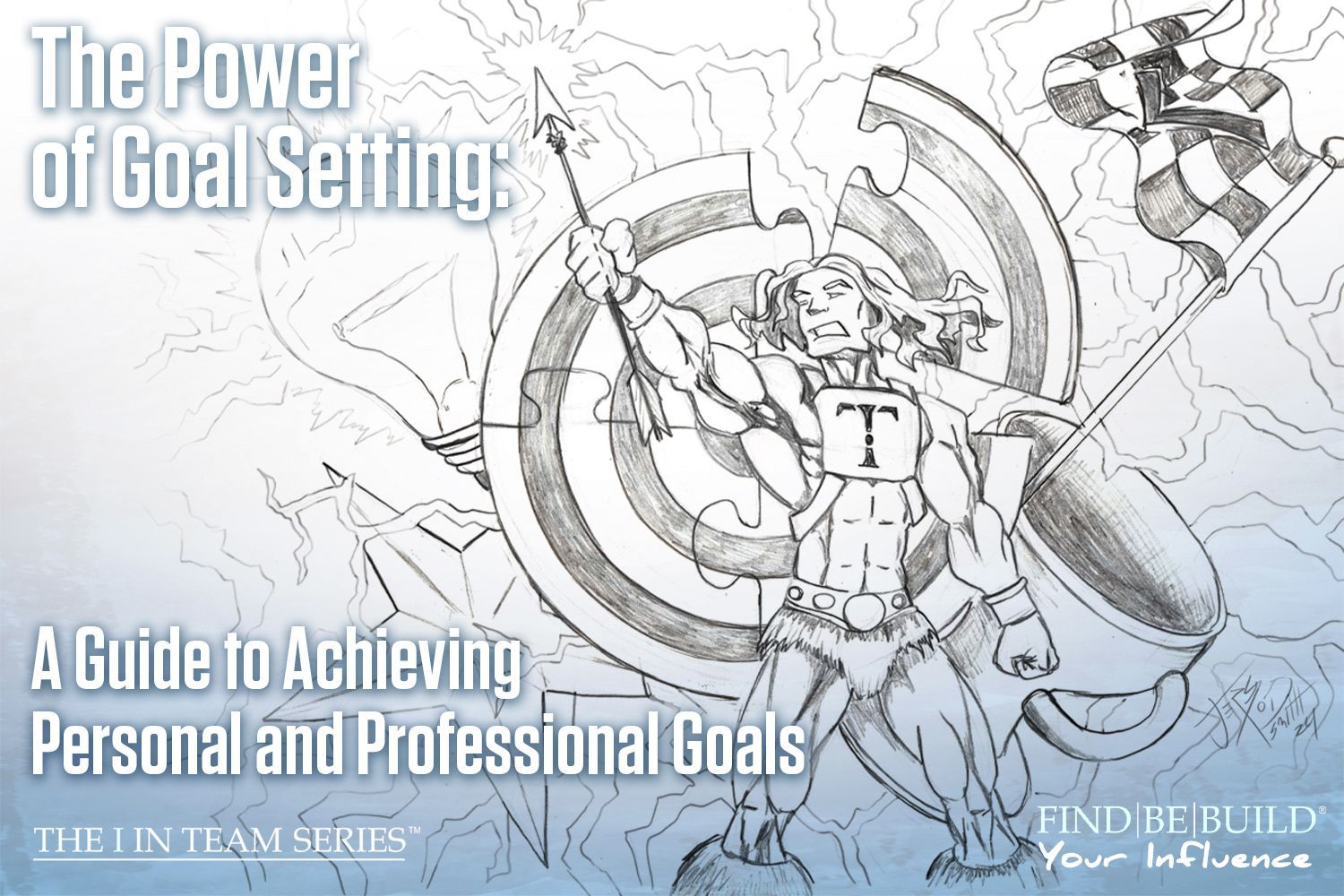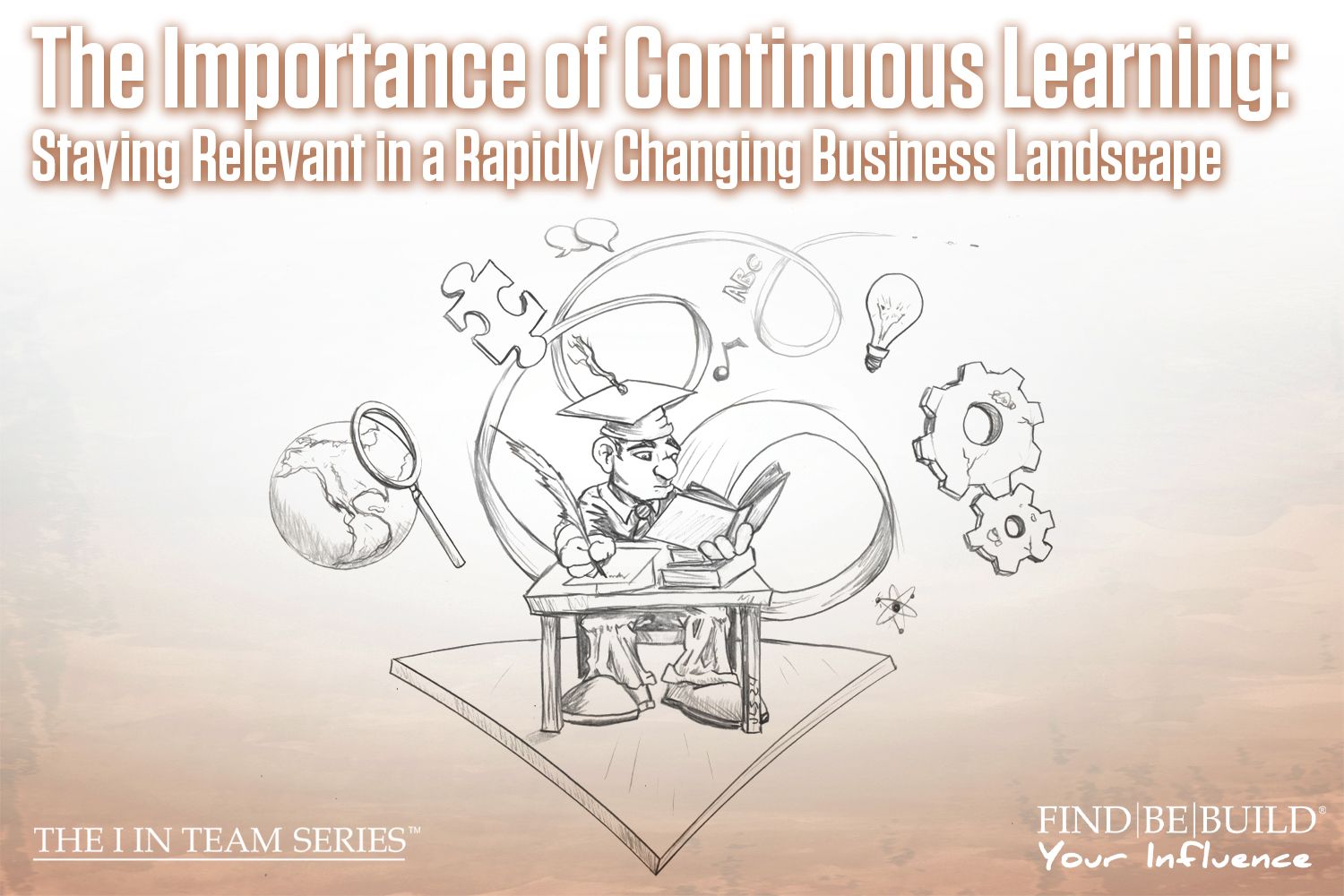Adapting to Change: Navigating Transitions in Your Career and Personal Life
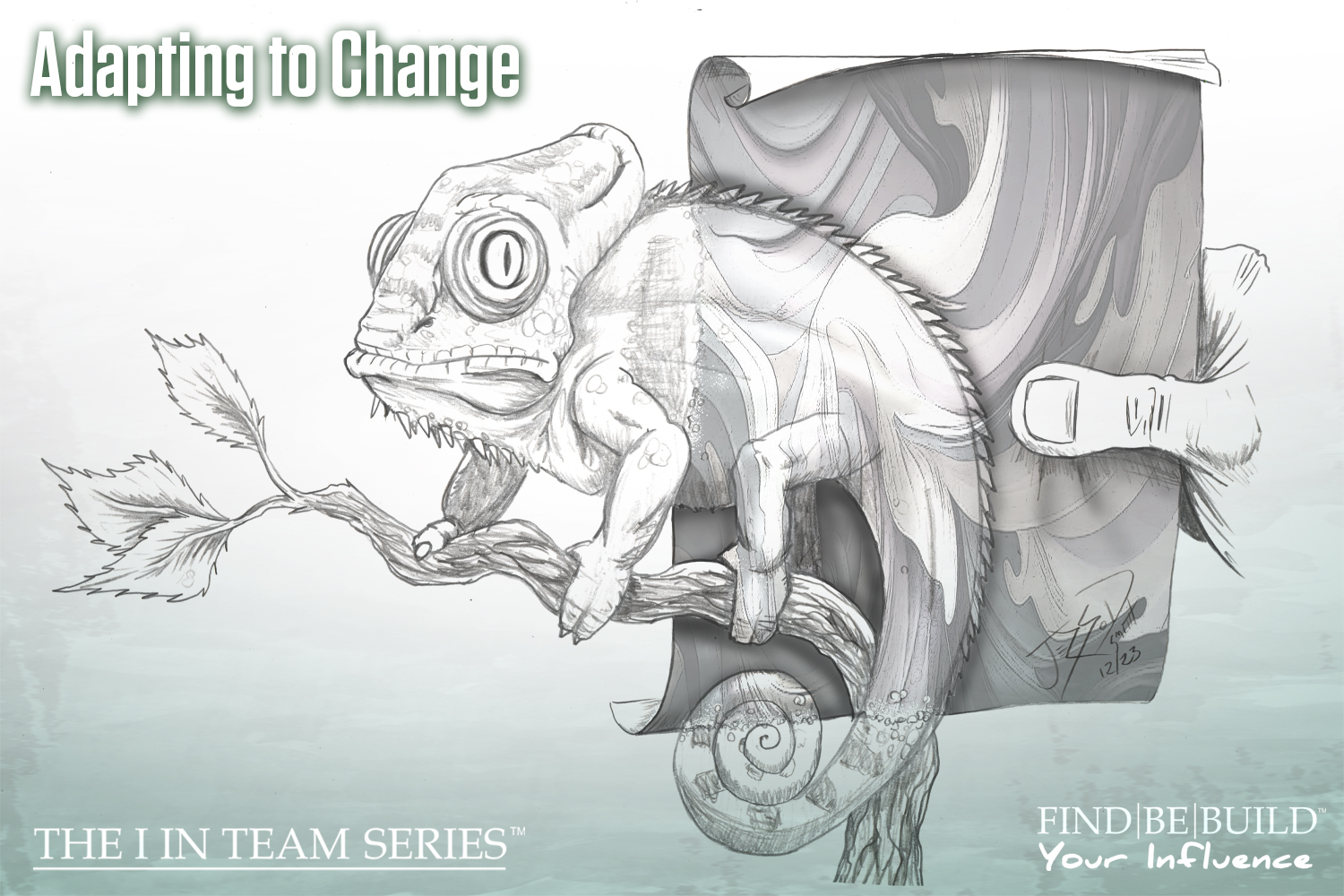
Hi, team! It’s your friend, Mary, with the “I” in Team series where you can find , be , and build your positive influence. The new year always seems to bring change, and no two people will handle change the same way. Therefore, not all of this month’s tips will work for everyone. However, it’s important to keep in mind that when your organization is going through change, everyone is going to feel it. These tips are aimed to help you personally, or to help guide others in your organization, with adapting to change gracefully. If you can act as a pillar for others during turbulent times, consider how much positivity is added to your team culture (spoiler – it’s a lot!).
Communication is Key
Whether you are the catalyst for change or not, communication is the best thing to help you and others adapt. First, any information that can be shared should be shared; transparency during change can help ease anxieties. This doesn’t mean anxiety won’t be present, but the more you talk with your team about what you know, the better it will be for everyone. Something everyone should seek to learn is how any changes may affect their positions; if the change is going to eliminate some jobs, be honest. Rip off the band aid and don’t let anxieties of whether or not people will continue to be employed fester. Keep everyone well-informed each step of the way.
If you are a team member who is not part of the catalyst for change, don’t shy away from asking any questions you may have. It’s very likely another team member will appreciate the answers to the questions you have, too. If transparency isn’t as clear as you hoped, seek clarification on the specific aspects of the change that you do not understand. Stay informed by participating in meetings and reading emails. Share everything you learn with your colleagues to keep them in the loop for transparency’s sake.
Reframe Your Perspective
It can be difficult to see change as a positive if it is something you naturally fear or protest. However, reframing your perspective around change can truly ease some of the anxieties or apprehensions that accompany it. These are our team’s tops tips for reframing your perspective to one that is more positive (which are great for sharing with your team, too):
- Consider altering the word “change” to the word “improve” in most cases. Our experience at IA Business Advisors indicates that people are far less likely to avoid change in the workplace if it is framed as being an improvement instead.
- Remind yourself that all changes eventually become habits. Every habit you have was once not a habit, and it took change for you to make it so. The change you are experiencing now will someday be routine.
- Embrace change as an opportunity rather than a threat. Think about what good will come out of it at the end rather than the path it will take to get there. Have faith that change is the best thing for you.
Seek Support
For some, even having all of the information and keeping a positive mindset isn’t enough to curb the apprehension felt around change, and that’s okay. Sometimes people just need to know they have someone looking out for them, which is why seeking support during turbulent times is so crucial. We are naturally wired to look to our community to uplift us when we are uncertain, so the same idea can be applied to teams. Find someone in your life that you trust that you can be honest with about your insecurities. Whoever you choose will know you well and will offer valuable insight into how to move forward with confidence.
Bottom Line
Change is a universal experience but how we respond to that change is unique. Some say that change is the only constant, so today is a good day to learn how to navigate change like a champion. The best thing you can do when facing change is to gather as much information as you can to get a clear picture of what lies ahead. Consider viewing the change as an improvement and keep in mind that someday it will become a habit. If all else fails, discuss your concerns with someone you trust to gain an outside perspective.
The post Adapting to Change: Navigating Transitions in Your Career and Personal Life appeared first on IA Business Advisors.
